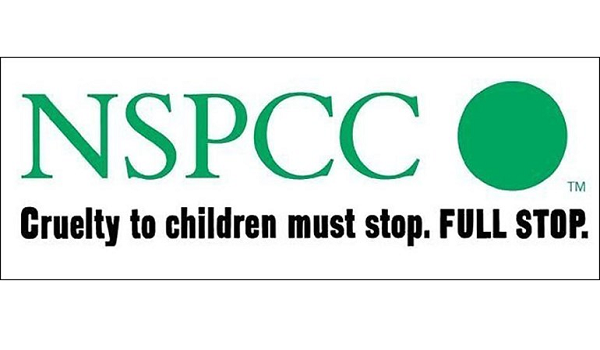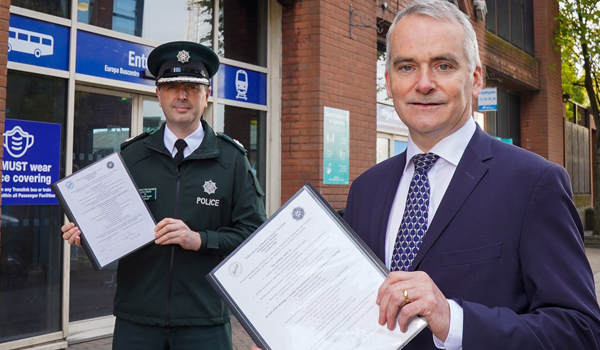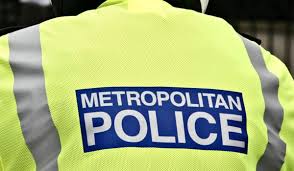Drug seizures rise by 20 per cent in a year
Drug seizures in England and Wales increased by 20 per cent in a year, figures show.
A total of 183,068 seizures took place in the year to March, compared with 153,136 in the previous 12 months, according to Home Office data.
This is the second consecutive annual increase after a fall in numbers since 2012.
Seizures by Border Force shot up 55 per cent from 8,938 to 13,844, while those carried out by police forces rose by 17 per cent from 144,198 to 169,224.
The rise was “mainly driven by an increase in the number of seizures of Class B drugs”, a Home Office report said, with cannabis being the most commonly seized drug after it was found in 71 per cent of drug seizures during the period.
Cocaine was found in ten per cent of seizures, making it the second most commonly seized drug.
Police forces carry out the majority of seizures (92 per cent), with most tending to be smaller quantities of drugs from individuals while Border Force tend to seize much larger amounts, typically from trafficking for supply.
By quantity, Border Force seized 92 per cent of heroin, 88 per cent of cocaine, 81 per cent of herbal cannabis, 79 per cent of anabolic steroids, 77 per cent of cannabis resin and 67 per cent of ecstasy.
Meanwhile, research for the Office for National Statistics (ONS) provided an insight into the social backgrounds of people who used drugs.
The findings from the Crime Survey for England and Wales (CSEW) suggested 3.4 per cent of people with a household income of £52,000 or over had taken cocaine in the year to March – the highest proportion for any salary.
The CSEW estimates are based on face-to-face interviews in the 12-month period with 33,735 people aged 16 and over who were asked about their experiences of crime. Some 19,230 adults aged 16 to 59 were asked about their use of drugs and household characteristics, according to ONS data.
The research indicated that the proportion of powder cocaine usage was highest in London (3.5 per cent) and lowest in the North East (1.5 per cent).
The proportion of cocaine users who were private renters was 4.2 per cent, as opposed to those who owned their own home (two per cent) or lived in social housing (1.6 per cent).
The findings also suggested that 17.6 per cent of full-time students have taken cannabis, compared with 5.9 per cent of managers and other professionals, and indicated that the highest proportion of cannabis users (13.2 per cent) were earning a salary of less than £10,400 a year.
There was no change in overall drug use and Class A drug use in the year to March, the survey said, estimating that one in 11 adults aged 16 to 59 had taken a drug in the last year (9.4 per cent – approximately 3.2 million people) – the same as the previous period.
The findings suggested 2.1 per cent of adults aged 16 to 59 and 4.3 per cent of adults aged 16 to 24 were “frequent” drug users – classed as such if they had taken drugs more than once a month in the last year. This was similar to the previous year’s estimates.
Some 3.4 per cent of adults aged 16 to 59 had taken a Class A drug in the past year (approximately 1.1 million people), similar to the previous year, the research also indicated.







